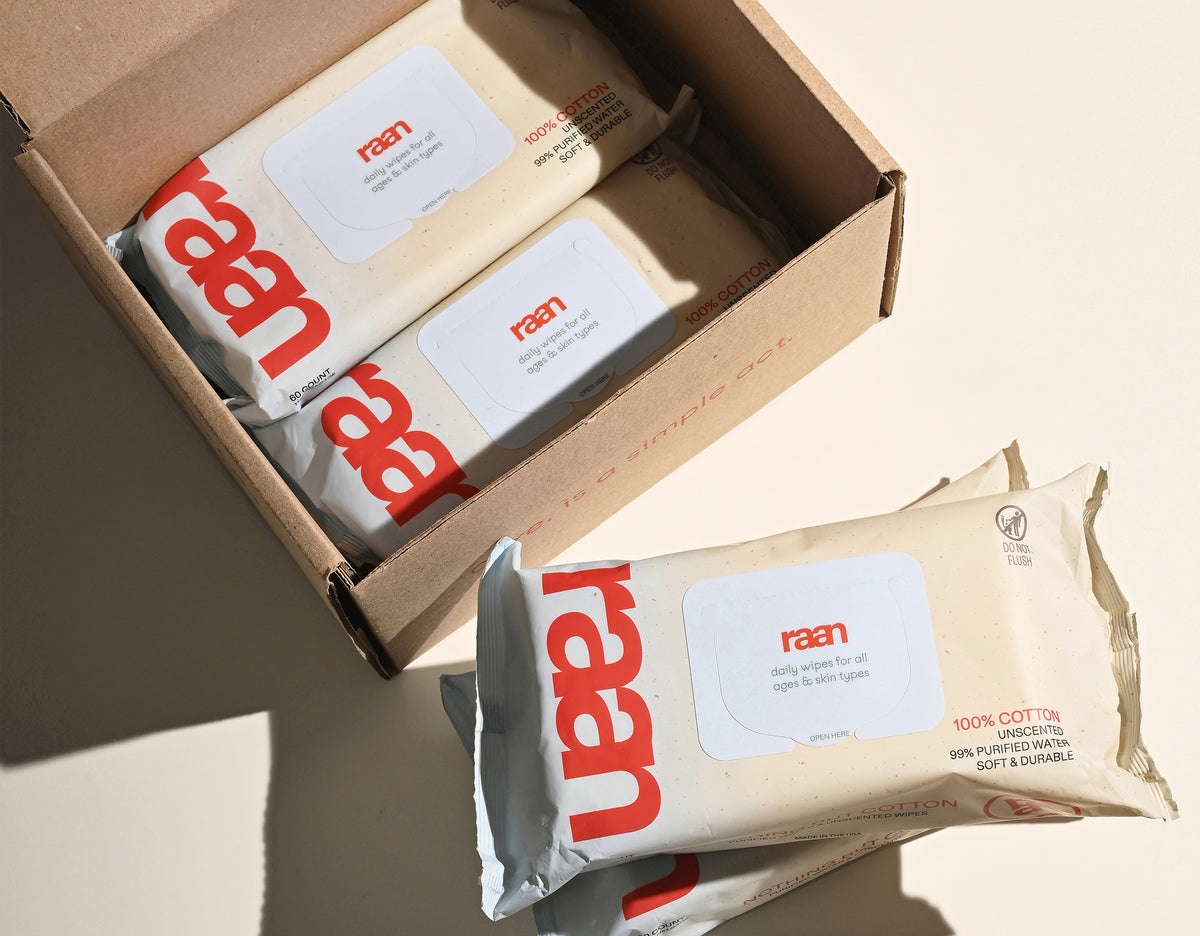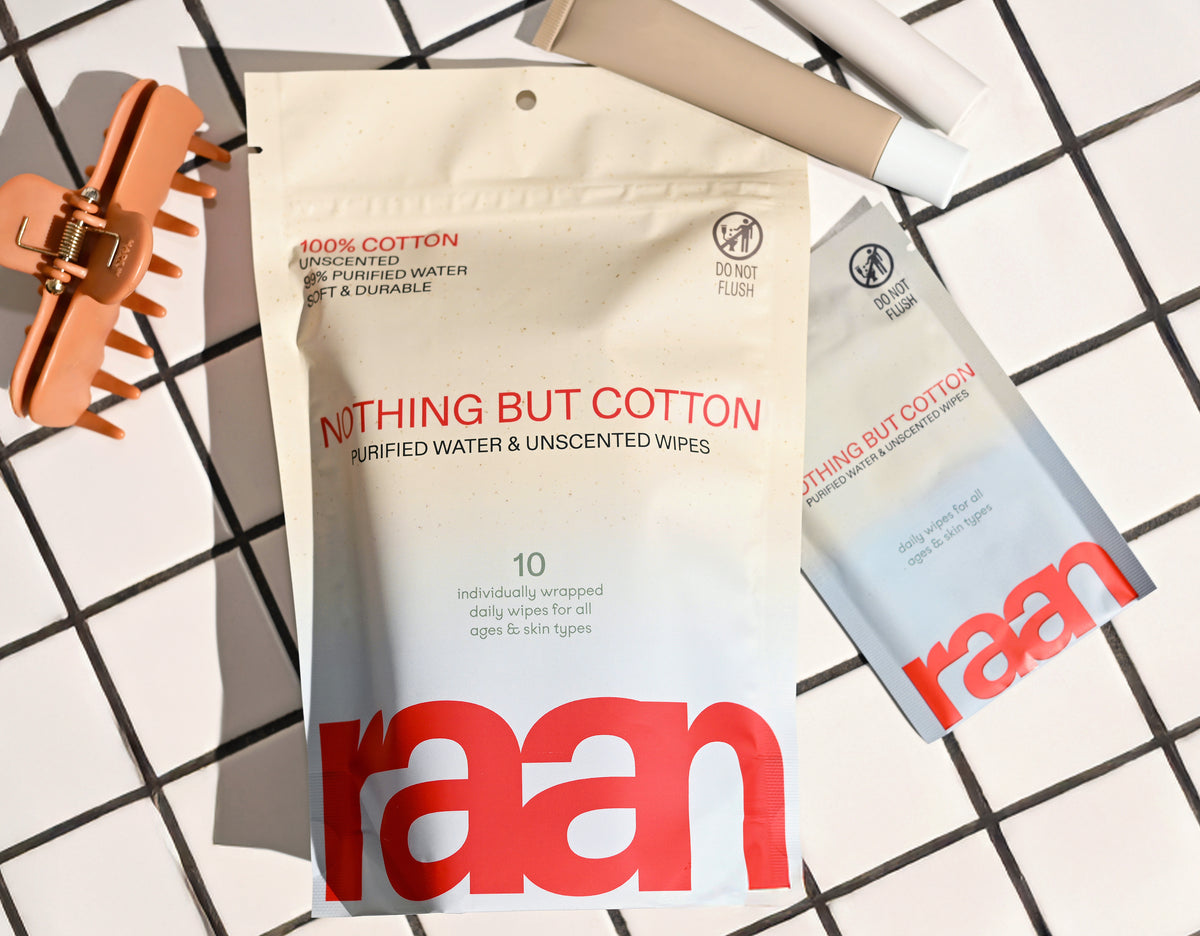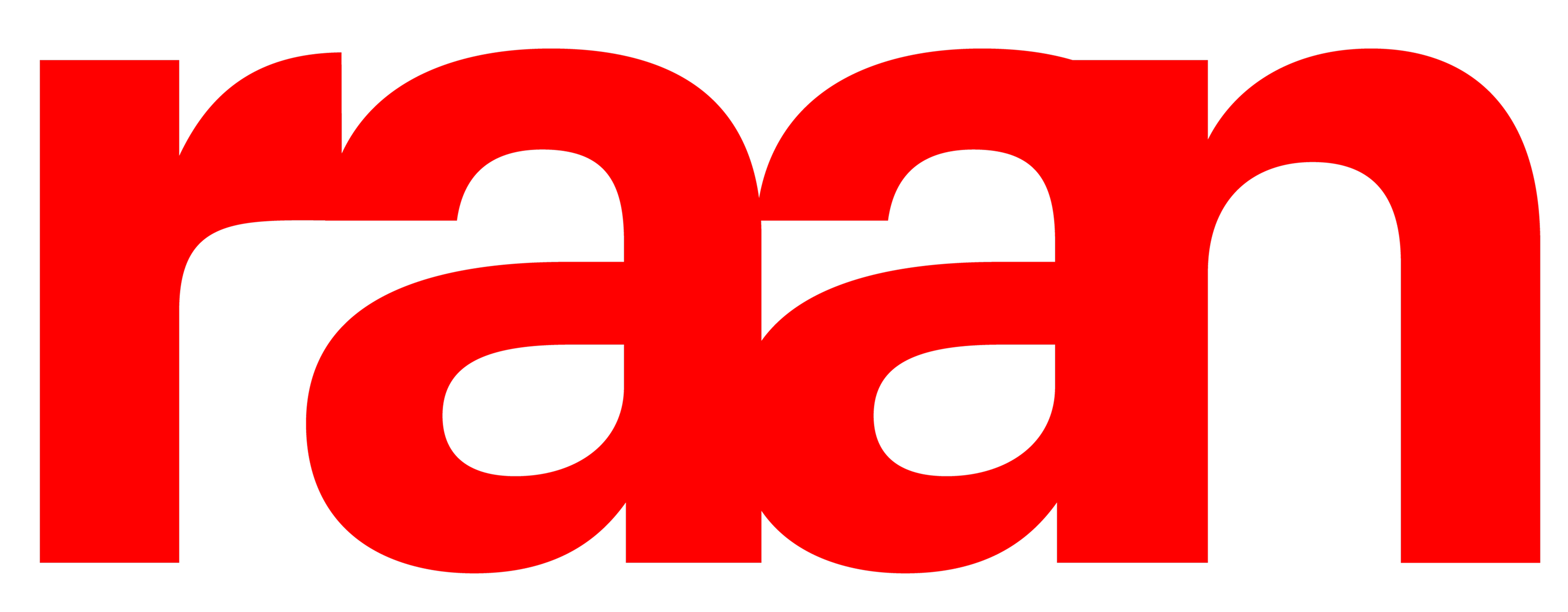Hygiene Products Made Simple: What Every Parent Needs to Know
Walking down the personal care aisle can feel overwhelming. Rows of colorful packages promising "gentle," "natural," or "dermatologist-tested" formulas line the shelves, each claiming to be the perfect solution for your family's hygiene essentials. But here's what we've learned after years of reading labels and testing products: the best hygiene products are often the simplest ones.
Key Takeaways
- Hygiene products are essential for personal cleanliness, health, and well-being.
- Parents should choose products with minimal and safe ingredients suitable for the entire family.
- Gentle wipes containing just water and aloe are effective and safe for sensitive skin.
- Fragrance-free soaps help prevent irritation, especially for sensitive skin.
- Simpler hygiene products often work better than those with many additives or claims.
Table of Contents
- Hygiene Products Made Simple: What Every Parent Needs to Know
- Essential Hygiene Categories Every Family Needs
- Understanding Ingredient Labels: What Really Matters
- Smart Shopping for Hygiene Supplies
- Building Sustainable Hygiene Routines That Actually Work
- Cost-Effective Strategies for Quality Hygiene
- Future-Proofing Your Hygiene Choices
- Making Hygiene Simple and Sustainable
As parents, we want products that actually work without the guesswork. We need personal care items that are safe for everyone in the house—from newborn skin to our own tired hands. The truth is, effective hygiene doesn't require a cabinet full of specialized products or ingredients you can't pronounce.
The global personal care market is massive, valued at over $712 billion in 2025, but bigger doesn't always mean better. Behind all those marketing claims and fancy packaging, the most effective personal hygiene products often share the same qualities: they're gentle, transparent about their ingredients, and designed for real-life use.
Think about what your family actually needs. A set of wipes that work for diaper changes, sticky fingers, and quick face cleanups. A body wash that doesn't strip natural oils or cause irritation. Hygiene supplies that serve multiple purposes without compromising on safety or effectiveness.
We're not here to sell you on the latest trends or convince you that expensive means better. Instead, we want to help you navigate the world of personal hygiene items with confidence. Whether you're stocking up on bulk hygiene products for your growing family or trying to simplify your routine, the goal is the same: finding products that work, period.
In this guide, we'll break down what really matters when choosing hygiene products for your family. We'll explore the core categories you actually need, decode common ingredient claims, and share practical tips for building a routine that's both effective and sustainable. No overwhelming product lists or fear-based marketing—just honest information to help you make decisions that work for your household.
Because at the end of the day, good hygiene isn't about having the most products or the fanciest formulas. It's about consistency, safety, and choosing personal care items that fit seamlessly into your real, everyday life.
Essential Hygiene Categories Every Family Needs

When building your family's hygiene supply, focus on these core categories that cover daily needs without overwhelming your bathroom cabinets. Each category serves a specific purpose, and understanding what you actually need helps you avoid impulse purchases and marketing gimmicks.
Cleansing Products: The Foundation
This category includes everything that removes dirt, oil, and impurities from skin. Think body washes, hand soaps, facial cleansers, and wipes. The key is finding formulas that clean effectively without stripping natural oils or causing irritation.
For families with young children, look for personal care items that work across age groups. A gentle, fragrance-free body wash can often serve the whole family, eliminating the need for separate products for each person.
Oral Care: Non-Negotiable Essentials
Toothpaste, toothbrushes, and floss form the backbone of oral hygiene. These personal hygiene products have the most direct impact on preventing disease and maintaining overall health. Choose fluoride toothpaste for cavity prevention, and replace toothbrushes every three months or after illness.
Hair Care: Keep It Simple
Shampoo and conditioner are the basics here. Unless you have specific scalp conditions, most families can use gentle, sulfate-free formulas that work for different hair types. Avoid products with long ingredient lists full of synthetic fragrances and harsh detergents.
Skin Protection and Care
Moisturizers, sunscreens, and protective balms help maintain skin health. For families, choose broad-spectrum sunscreens with mineral ingredients like zinc oxide, and moisturizers without added fragrances or dyes that can trigger sensitivities.
Understanding Ingredient Labels: What Really Matters
The ingredient list tells the real story about any personal hygiene item. Ingredients are listed by concentration, with the highest amounts first. This means if water isn't the first ingredient in a "gentle" cleanser, you might want to look elsewhere.
Preservatives: The Necessary Truth
Every product containing water needs preservatives to prevent harmful bacteria growth. The difference lies in choosing food-grade preservatives over synthetic ones. Sodium benzoate and potassium sorbate are examples of preservatives that are both effective and gentle.
Fragrance-Free vs. Unscented: Know the Difference
Fragrance-free means no fragrances were added. Unscented means fragrances were added to mask natural scents. For sensitive skin and children, fragrance-free is always the safer choice among personal care items.
| Ingredient Type | What to Look For | What to Avoid |
|---|---|---|
| Preservatives | Food-grade options like sodium benzoate | Parabens, formaldehyde releasers |
| Cleansing Agents | Gentle surfactants, coconut-derived | Sodium lauryl sulfate, harsh detergents |
| Moisturizers | Aloe vera, glycerin, natural oils | Synthetic fragrances, dyes |
| pH Adjusters | Citric acid, natural acids | Harsh alkaline compounds |
Certification Labels That Actually Matter
Look for third-party certifications like EWG Verified, which screens for safety and transparency. These certifications require companies to disclose full ingredient lists and meet specific safety standards—something not required by law for personal hygiene products.
Smart Shopping for Hygiene Supplies

Whether you're shopping at traditional hygiene stores or buying bulk hygiene products online, the approach remains the same: prioritize function over marketing claims. Here's how to navigate your options effectively.
When Bulk Buying Makes Sense
Purchasing bulk hygiene products can save money and reduce packaging waste, but only for products you know work for your family. Test single packages first, especially for new brands or formulations. Items like toilet paper, basic soap, and toothpaste are safe bulk purchases.
Reading Beyond Front-of-Package Claims
Terms like "natural," "gentle," and "dermatologist-tested" aren't regulated, so they can mean anything. Instead, flip to the ingredient list and look for specific information about what's included and what's left out.
Products that list exactly what they contain—like "99% water and organic aloe"—show more transparency than those hiding behind vague marketing terms. This transparency matters when you're choosing hygiene essentials for your family's daily use.
Building Sustainable Hygiene Routines That Actually Work
The most effective hygiene products are the ones your family will actually use consistently. This means choosing items that fit seamlessly into daily routines without creating additional stress or complexity.
Morning Routine: Start Simple
Focus on the basics that everyone needs: face washing, teeth brushing, and any necessary body care. Keep personal care items accessible and organized so morning routines flow smoothly, especially when you're dealing with rushed school mornings or early work schedules.
For families with young children, choose personal hygiene products that work quickly and don't require extensive rinsing or complicated application. Gentle wipes can handle face cleaning for toddlers who resist traditional washing, while still providing effective cleansing.
Evening Wind-Down: Consistency Over Perfection
Evening routines should remove the day's buildup without being overly complicated. A simple sequence—remove dirt and impurities, brush teeth, apply moisturizer if needed—works better than elaborate multi-step processes that family members will eventually abandon.
Travel and On-the-Go Solutions
Portable personal hygiene items should maintain the same quality standards as home products. Travel-sized versions of your regular products work better than switching to different formulations, which can cause skin reactions or disrupted routines.
Consider multi-purpose products for travel: quality wipes that handle face, hands, and surfaces; solid cleansers that won't spill; and concentrated formulas that pack more function into smaller containers.
Cost-Effective Strategies for Quality Hygiene

Investing in quality hygiene supplies doesn't mean spending more—it means spending smarter. Higher-quality products often last longer, work more effectively, and reduce the need for multiple products to achieve the same results.
Value vs. Price: The Real Calculation
When comparing personal care items, calculate cost per use rather than upfront price. A premium product that lasts twice as long or requires half the amount per use often provides better value than cheaper alternatives that get used up quickly.
Consider the hidden costs of low-quality products: skin irritation requiring additional treatments, products that don't work effectively requiring multiple applications, or packaging waste from frequently replaced items.
Strategic Bulk Purchasing
Buying bulk hygiene products makes financial sense for items you know work well for your family. Focus bulk purchases on basics like toilet paper, hand soap, and toothpaste rather than experimental products or items with shorter shelf lives.
| Product Category | Bulk Buying Benefit | Storage Consideration |
|---|---|---|
| Basic cleansers | 20-30% cost savings | Cool, dry storage required |
| Oral care basics | Consistent supply, better prices | Long shelf life, easy storage |
| Paper products | Significant cost reduction | Requires adequate storage space |
| Specialized items | Limited benefit | Risk of expiration or formula changes |
Future-Proofing Your Hygiene Choices
The personal hygiene products market continues evolving toward greater transparency and sustainability. Making informed choices now positions your family for better long-term health outcomes and environmental impact.
Ingredient Transparency: The New Standard
Companies are increasingly required to disclose full ingredient lists and safety data. Choose brands that already embrace this transparency rather than those forced into it by regulations. This proactive approach typically indicates better overall product quality and company integrity.
Sustainable Packaging Evolution
Packaging innovations are reducing plastic waste while maintaining product safety and effectiveness. Look for brands using post-consumer recycled materials, refillable containers, or innovative packaging that uses significantly less plastic than traditional options.
When shopping at hygiene stores or online retailers, prioritize products with minimal, recyclable packaging. This choice supports environmental goals while often indicating companies focused on product quality over flashy marketing. For more on hygiene and healthy routines for families, see this external resource.
Making Hygiene Simple and Sustainable
Effective family hygiene comes down to choosing quality personal care items that work consistently, safely, and sustainably. Focus on products with transparent ingredients, proven effectiveness, and packaging that aligns with your environmental values.
The goal isn't perfection—it's finding hygiene products that support your family's health without creating additional stress or complexity. Start with the basics, choose quality over quantity, and build routines that everyone can maintain long-term. For a deeper dive into the science of hygiene and its impact on health, check out this external resource.
Remember that the best personal hygiene products are the ones your family will actually use every day. Simple, effective, and honest products create the foundation for lifelong healthy habits that benefit everyone in your household.
Frequently Asked Questions
What are the basic hygiene products?
Basic hygiene products include essentials like soap or body wash, toothpaste, a toothbrush, deodorant, and clean towels. These items help maintain cleanliness, reduce bacteria, and support overall skin and oral health in everyday routines.
What are 7 personal hygiene?
Seven key personal hygiene practices are washing hands regularly, brushing teeth twice daily, bathing or showering, using deodorant, trimming nails, wearing clean clothes, and caring for hair. Each of these habits plays a role in preventing infection and promoting comfort and confidence.
What is a hygiene product?
A hygiene product is any item designed to help maintain cleanliness and promote health by reducing germs and odors. This includes soaps, wipes, toothpaste, deodorants, menstrual products, and other tools used for personal or environmental cleanliness.
What to put in a hygiene kit?
A practical hygiene kit should include a gentle soap or body wash, a toothbrush and toothpaste, clean wipes (like ours made from unbleached cotton and simple ingredients), deodorant, a comb or brush, nail clippers, and a small towel. These items cover the basics for freshening up anytime, anywhere.
What are the personal necessities list?
A personal necessities list covers daily essentials like clean underwear, toiletries (toothbrush, toothpaste, soap), clean face wipes, deodorant, hair care tools, and any skincare items suited to your needs. These basics help you stay comfortable, clean, and confident throughout the day.
What are 5 examples of good hygiene?
Five examples of good hygiene include washing your hands before eating, brushing and flossing teeth daily, showering regularly, wearing clean clothes, and using gentle, effective wipes to manage messes and refresh skin. These habits support health and well-being in simple, practical ways.






